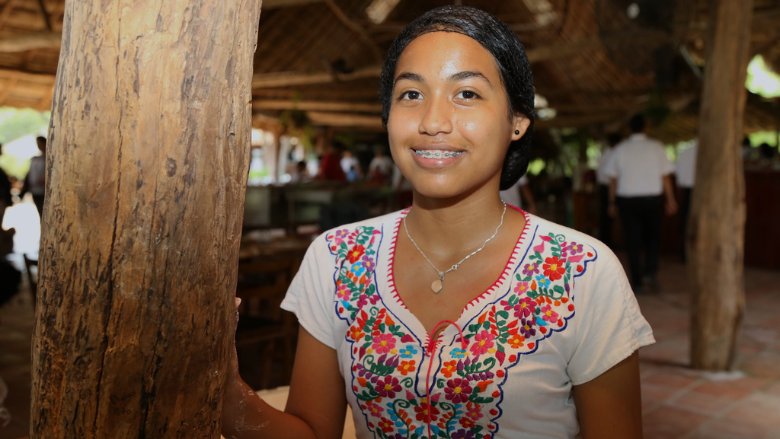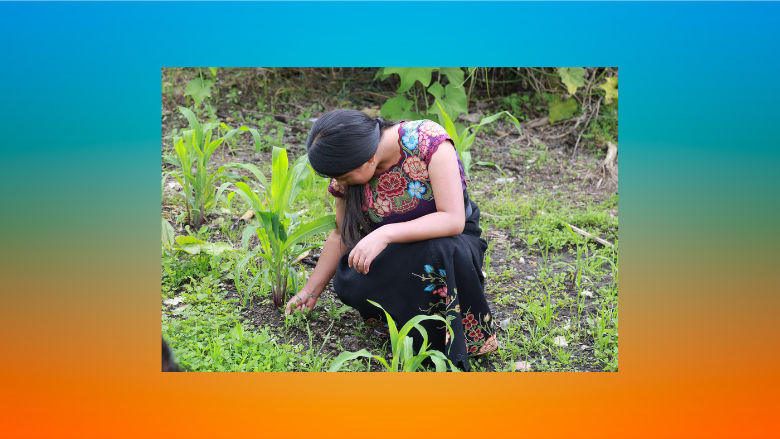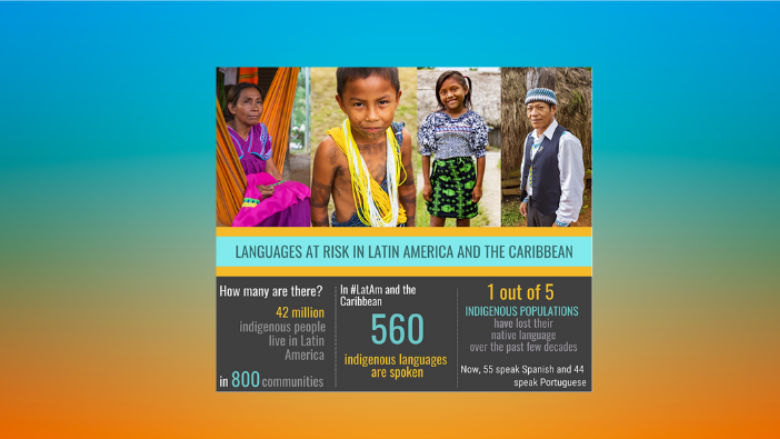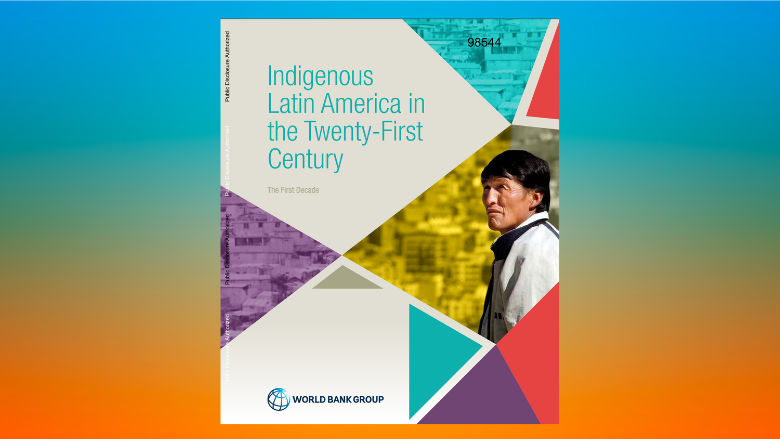There are an estimated 42 million indigenous people in Latin America, according to the World Bank report ". Among the countries with the largest indigenous populations are Mexico, Guatemala, Peru, and Bolivia, which together account for more than 80 percent of the regional total, comprising approximately 34 million indigenous individuals.
, which is more than twice the proportion of non-indigenous people. Additionally, 24 percent of all indigenous people live in extreme poverty, which is 2.7 times higher than the proportion of non-indigenous people living in extreme poverty. Furthermore, being born to indigenous parents substantially increases the probability of being raised in a poor household, contributing to a poverty trap that hampers the full development of indigenous children.
Indigenous People often lack formal recognition over their lands, territories and natural resources. They are often the last to receive public investments in basic services and infrastructure and face multiple barriers to fully participate in the formal economy, access to justice, and participate in political processes and decision making.
This legacy of inequality and exclusion has made Indigenous Peoples more vulnerable to the impacts of climate change and natural hazards, including disease outbreaks such as COVID-19.






